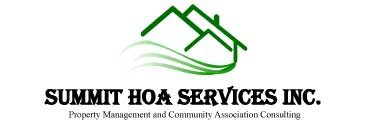The presiding officer of the association, according to Roberts Rules of Order on parliamentary procedure, takes its name from the “officer’s station in the hall from which he or she presides”. “The chair refers to the person in a meeting who is actually presiding at the time, whether that person is the regular presiding officer or not”.
The most important attribute when considering the election of the presiding officer (or “president” per your Bylaws), is the ability to preside; benevolently, equitably, openly, without prejudice, and in the best interests of the association. The president is the leader of the association, the sculptor of the community, the principal spokesperson in official matters. As such, the president should be conversant with the association’s governing documents, policies, procedures, and applicable state laws.
The president’s authority is dictated by the governing documents. The typical role and duties are to:
- Understand the responsibilities and authority of the position.
- Ensure the association’s governing documents are current, legal and available to all members.
- Preside over all board and member meetings, set the agendas, maintain order and expedite business.
- Guide the operation of the association on the democratic principals of government.
- Establish the agenda for the direction of the association, its goals and priorities.
- Steer policy procedures that benefit the association.
- Administer the board for effective leadership, sound management and timely follow through.
- Oversee the tasks assigned to board members, committees, management etc.
- Ensure that the financial position of the association is sound and secure.
- Promote the understanding and acceptance of reserves among members.
- Provide information and education opportunities to members.
- Negotiate third party agreements on behalf of the association.
- Act as principal contact for third parties, especially the management.
- Sign all official association written instruments.
- Authorize and sign checks.
- Control the assessments, the collection process, and follow up on delinquencies.
- Approve and direct legal action for the association.
- Optimize the association’s resources.
- Encourage and motivate others to participate and perform.
- Instill a sense of community spirit.
Essentially the president is the guiding force in protecting, maintaining and enhancing the value of the association’s assets; physical, financial, and legal. As with other leaders, the president must listen attentively, exude confidence, take charge, and serve the association by placing its needs before his or hers (see Fiduciary Duty).
